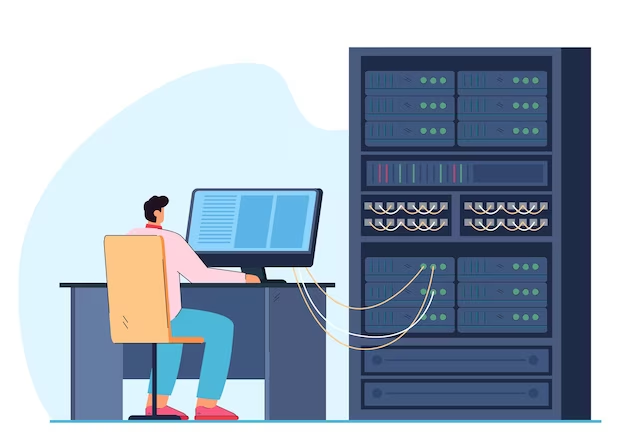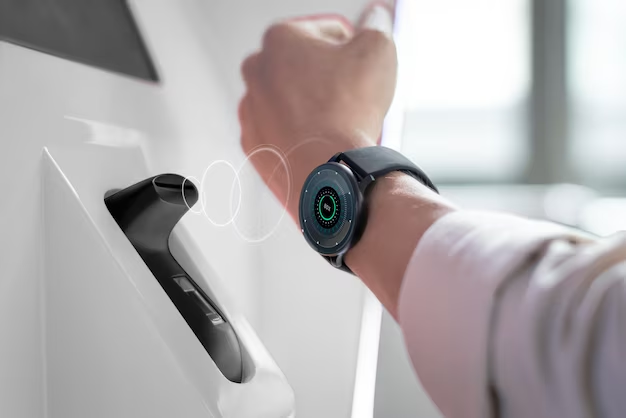Introduction
Computers are essential tools in today’s world, and their applications span across various fields. They come in different types, each designed for specific purposes. In this article, we will explore the various types of computers, their classifications, functionalities, and applications. Additionally, we will discuss the authoritative reference sources used in the creation of this guide.
Types of computer
1. Personal Computers (PCs) :- Personal computers are the most common type, designed for individual use. They include desktops, laptops, and workstations. PCs are versatile, catering to daily tasks, multimedia, gaming, and more. Their configurations vary based on user preferences and intended applications.
2. Laptop Computers :- Laptop computers, also known as notebooks, are portable and lightweight devices that combine the functionality of a desktop computer with a built-in display, keyboard, and touchpad. They are designed for users who require mobility and the ability to work on-the-go. Laptops are available in various sizes and specifications, catering to different user needs and budgets.
3. Server Computers :- Server computers are specialized devices designed to manage and share resources, such as files, printers, and databases, with other computers on a network. They are typically more powerful and reliable than other types of computers, with enhanced security features to protect sensitive data.
4. Mainframe Computer :-Mainframe computers are large, powerful, and highly reliable systems designed for mission-critical applications, such as managing large databases and enterprise-level transactions. They are typically used by large organizations, government agencies, and financial institutions that require high levels of security, performance, and availability.
5. Super computer :- Supercomputers are at the forefront of computational power, used for complex simulations, scientific research, and weather forecasting. These high-performance machines leverage parallel processing to solve intricate problems at unparalleled speeds.
6. Mini computer :- Minicomputers, though less powerful than mainframes, offer substantial computing capabilities. They find applications in scientific research, manufacturing, and as servers for mid-sized organizations. Minicomputers strike a balance between power and affordability.
7. Wearable Computers :- Wearable computers are designed to be worn on the body, seamlessly integrating technology into daily life. Smartwatches, fitness trackers, and augmented reality glasses are examples. These devices enhance user experience through portability and real-time data access.
8. Grid Computers :- Grid computing involves connecting multiple computers to work collaboratively on a task, sharing resources across a network. This type of computing is employed in scientific research, such as protein folding simulations, where immense computational power is required.
 |
| Grid computer |
In conclusion, computers come in various types, each designed for specific purposes and user needs. Understanding the different types of computers and their applications is essential for selecting the most suitable device for one’s requirements. By referring to authoritative reference sources, users can make informed decisions when choosing the right computer for their needs.









0 Comments